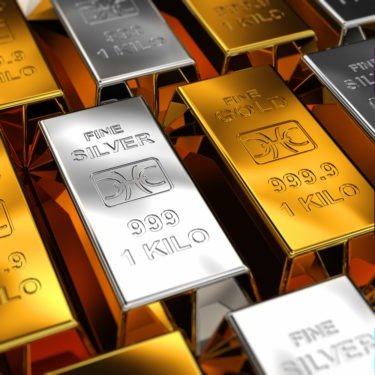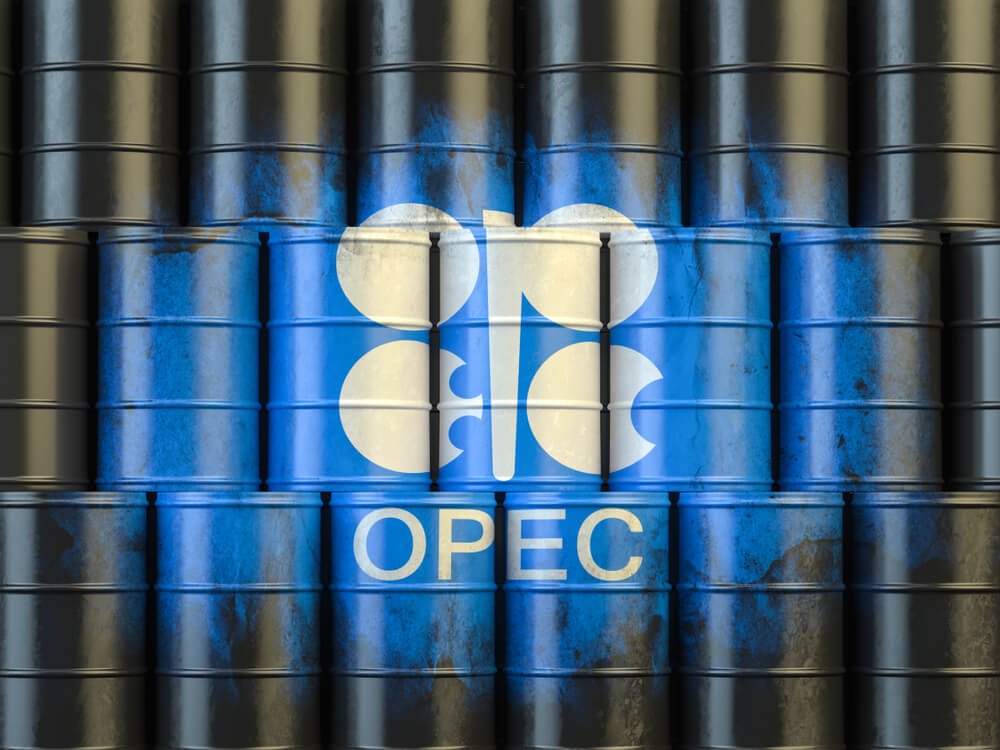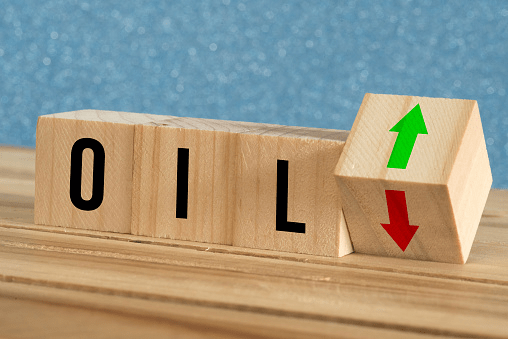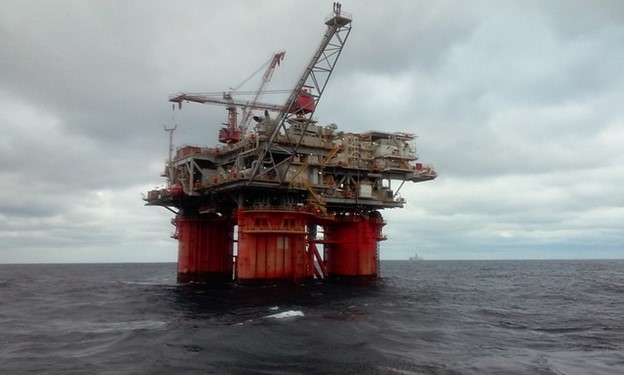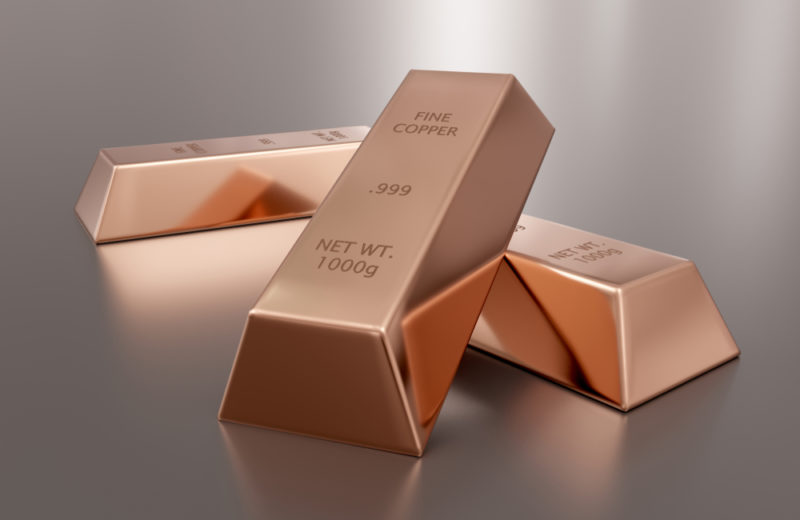At the beginning of July, gold and silver reached new and significant increases after several years of “relaxation”. For a few days now, the yellow metal has been surprisingly far from its historical highs. The figure of $2,000 an ounce is increasingly within reach. Silver has also accompanied the latest increases. It is on the way to $20 an ounce, and more. Its percentage gains could be explosive.
The silver has accumulated 60% from its low level of sales during the pandemic panic in March. Importantly, it has demonstrated itself as a lead, by reducing its historically large gold/silver ratio.
Precious metal miners are also showing leadership. The notoriously volatile mining sector, which often serves as a primary indicator for metals, attracts speculators and smart money experts.
Since bottoming out in March, HUI gold mining stock index has increased by more than 90%. According to Stefan Gleason, president of the Money Metals Exchange, if gold miners start to underperform or diverge negatively from gold, that would be a warning sign for the gold market. He suggests that a significant pullback is likely to occur.
Of course, there are always risks, both known and unknown. Virus risks and political risks ahead of the election season could drive renewed market volatility.
The Fed prevents bankruptcies rising stocks to new highs – at what cost?
In the United States, the Federal Reserve will surely do its best to keep asset markets underpinned. At some level, it will almost certainly succeed. There is a strong correlation between growth rates on the Federal Reserve balance sheet and directional movements in the S&P 500.
The Federal Reserve prevents a wave of bank failures and municipal bankruptcies while raising the stock market to new highs. The workers in the real economy will mainly pay the costs, who will see their cost of living increase as the actual value of their wages decreases. Bond savers and bondholders will also pay the charges since they will earn almost nothing in interest as the real value of their dollar-denominated holdings falls, Gleason says.
The inflation rates have the potential to increase in the coming months, especially if the global economic demand depresses while coronavirus flares up again.
The producer price index has yet to show any general increase in wholesale prices.
But disrupted supply chains for a large number of products and manufactured goods show signs of stress and instability.
Asia and Europe appear to be doing better than the United States in limiting the spread of the virus. Therefore, their economies may be positioned to recover more strongly.
As Covid-19 cases in the United States continue to rise, state-by-state economic blockades may occur. That means more calls for financial bailouts and stimulus measures. If enacted, they would further intensify pressures on deficits and money printing.
The US dollar is vulnerable to being downgraded, and possibly even abandoned by large foreign holders, including China. A bearish outlook for the US dollar implies a bullish case for gold and silver.
If the current line regarding inflation is maintained, investors will continue to seek refuge in gold and silver in the coming months. So, the Western and Asian precious metal markets will have no time for relief.



